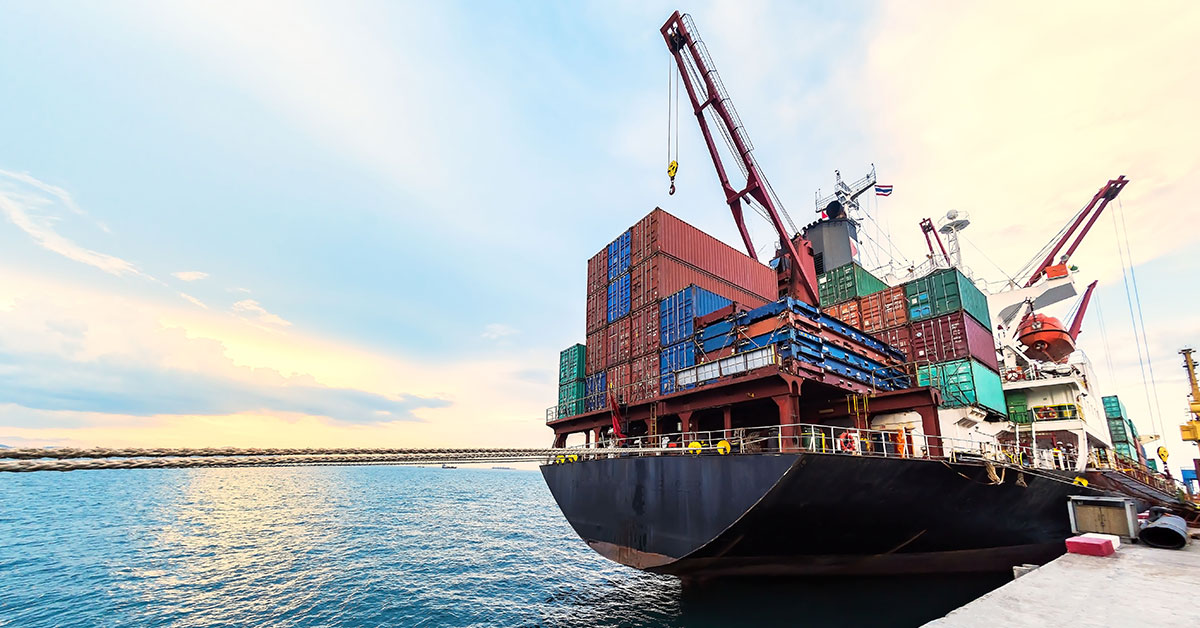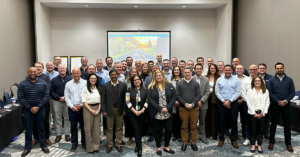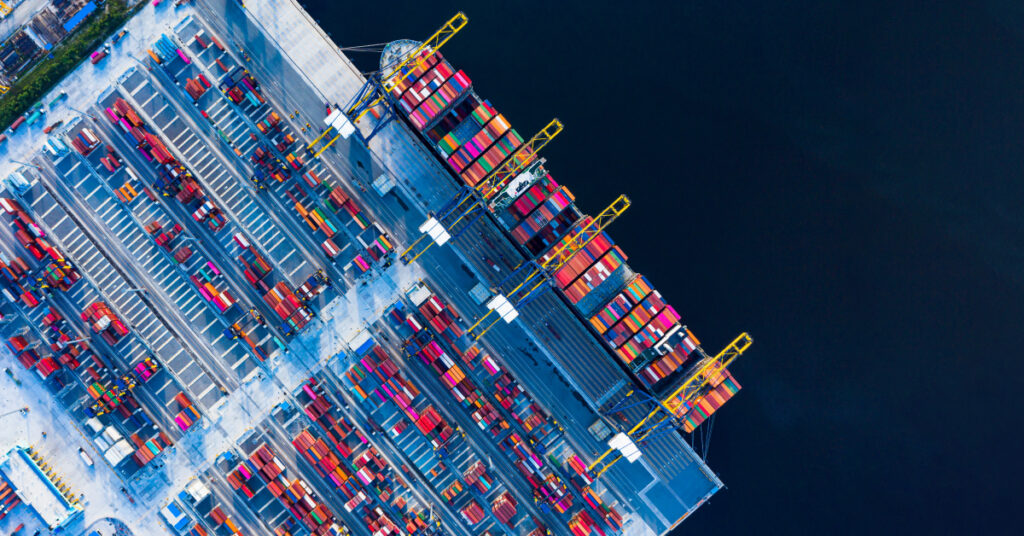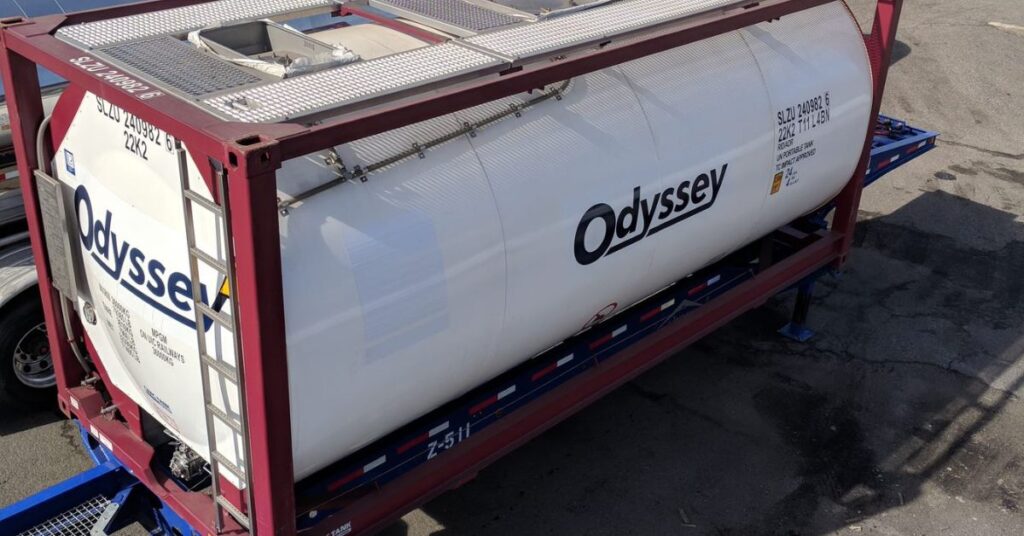By Bill Heaney, Chief Commercial Officer, Odyssey Logistics
Tariff whiplash and a long freight downturn are causing unease. Multimodal logistics can help restore control in an unpredictable market
Shippers are facing unpredictable market conditions, with rolling tariff announcements that force changes on the fly. The large size of many tariffs has shippers scrambling to respond, but the bigger challenge is their unpredictability — will they be temporary or permanent?
This ongoing on/off, extend/don’t‑extend pattern is creating ‘tariff turbulence’— i.e., cycles of panic and paralysis that are making it challenging for shippers to deliver dependable service.
Against the backdrop of 36-long (and counting) freight recession, with choppy demand and shifting production footprints, every cost and service decision shippers make today comes with added pressure.
How can a multimodal logistics strategy help you regain control?
The ability to intentionally blend modes and partners to tune price, service, speed and sustainability to your business goals can help shippers navigate tariff turbulence.
These increasing pressures are forcing shippers to find new creative ways to meet their goals. While success looks different from shipper to shipper, we can think about it broadly as a mix of variables:
- Cost
- Service
- Speed
- Sustainability
For every shipper, success will be a different blend of each of these. The problem is that unpredictable tariffs, along with disruptions generally, are taking control over these variables out of your hands.
Multimodal logistics is how you take it back. With the choices that multimodal gives at every stage of your freight’s movement, shippers expand their repertoire of responses in the face of disruption — without breaking service continuity.
How does multimodal logistics improve cost, service, speed and sustainability?
Multimodal lets each mode do what it does best — blending truck, rail, ocean and transload to balance cost, service and speed. The right mix smooths distribution center peaks, keeps schedules consistent, and can cut emissions while controlling spend.
Let’s consider a practical example of how multimodal logistics gives shippers back control over their freight. Rail, for instance, is often about 20% slower than full truckload, but it’s also more cost-effective. For most shippers, not every bit of freight is next-day urgent. When Odyssey works with customers, we plan their freight carefully to reallocate less urgent shipments to rail — helping you balance service profiles by keeping time‑critical SKUs on truckload while moving planned, less urgent volumes by rail.
The hidden benefit is consistency. Predictable arrivals let you smooth inbound at your distribution centers instead of seeing 100 trucks on day one and five the next.
This steadier cadence allows us to support better labor planning for shippers and reduce dwell and detention. And when you make those rail shifts on the right lanes, you can reduce emissions while taking cost out — progress on sustainability without sacrificing performance.
Equally important, diversifying modes also reduces modal risk. A balanced mix across truck, rail, ocean and transload gives you more levers when one mode tightens — whether that’s a carrier capacity crunch, a port slowdown, or a regional highway closure. By spreading volume across modes and partners, you limit exposure to any single disruption and keep service predictable.
How does technology help make multimodal logistics accessible?
Tech-powered visibility and automation make choices more manageable.
Without visibility, multimodal logistics doesn’t work — as the old saying goes, what gets measured gets managed. With Odyssey’s large-scale tech investments, we can offer shippers live shipment statuses, ETAs and exception alerts in a single platform so they can act more quickly.
Automation takes it even further. Our spot bots continuously scan internal load boards to recommend the best routing at the best cost, shifting between contracted and brokerage capacity when markets tighten.
How should shippers get started?
Choose a partner who can design a multimodal strategy that leverages tech-enabled visibility, a mature carrier network, and proven multimodal capability.
The first step to leveraging multimodal logistics is finding the right partner. True multimodal logistics providers will think about multimodal as a design problem — not simply a menu of modes. They should work closely with you to clarify weights for price, service, speed and sustainability, then translate that into an intentional mode mix by lane.
In vetting providers, look for three non-negotiables:
- Real visibility backed by mature technology: Ensure that your provider has sufficient tech maturity and data governance to offer real-time visibility.
- Mature carrier network: Look for deep, diversified relationships across truckload, LTL, rail, ocean and specialized providers — with coverage where you ship and backup options for when markets tighten.
- Proven multimodal logistics execution: The right partner should be able to keep freight moving smoothly across modes — with access to cross-docks and transload facilities, bonded options for international moves, and the know-how to shift between truck, rail, and ocean without delays or added hassle.
Tariffs will continue to move the goalposts
As tariffs continue to shift the ground beneath shippers’ feet, predictability becomes the premium. With multimodal logistics from providers like Odyssey, you can regain control over your core variables — cost, service, speed and sustainability — and the consistency to run your operation with fewer surprises.
Tariffs may change overnight, but your supply chain doesn’t have to. With Odyssey’s approach to multimodal logistics, you can expand your options to keep freight moving and protect your business.








